Anna Bilińska’s Parisian Career and Tragic Life
Read the story of Anna Bilińska, the Polish painter, who spent her life in Paris. Discover her moving portraits, and the fascinating story of her turbulent life.
Determined to Obtain the Best Education
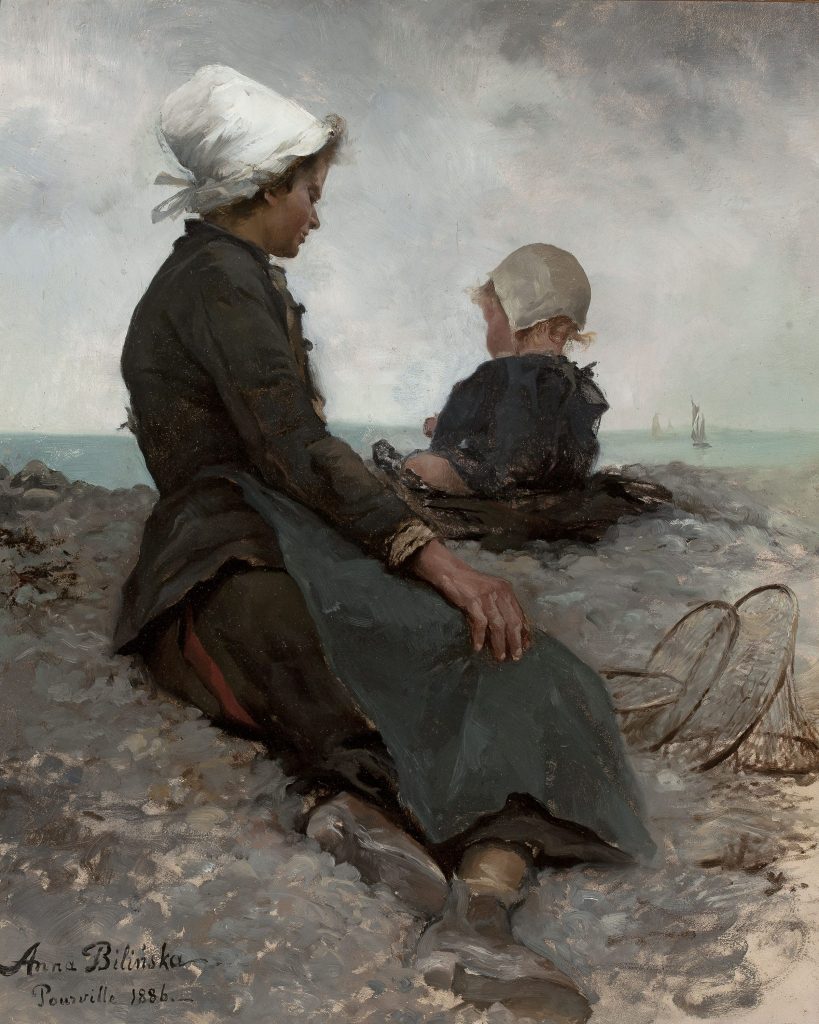
When Anna Bilińska, born in the territory of today’s Ukraine, then part of the Russian Empire, moved with her mother and siblings to Warsaw, she began attending private drawing lessons. Her talent let her contribute to the family income by selling little drawings and portraits. At age 28, she ventured with a friend on a tour around Europe, which could be considered her Grand Tour, visiting Vienna, Salzburg, Berlin, Rome, and Paris.
Seeing Paris helped her understand that she wanted to pursue painting above all. She moved there and stayed at a friend’s house. At the end of the 19th century women were still not allowed to attend public art academies, thus Bilińska joined the private but extremely prestigious Académie Julian in 1882. Women also couldn’t share workshops with men given the presence of nude models, Bilińska, therefore, practiced only with her other female colleagues.
Mourning Years
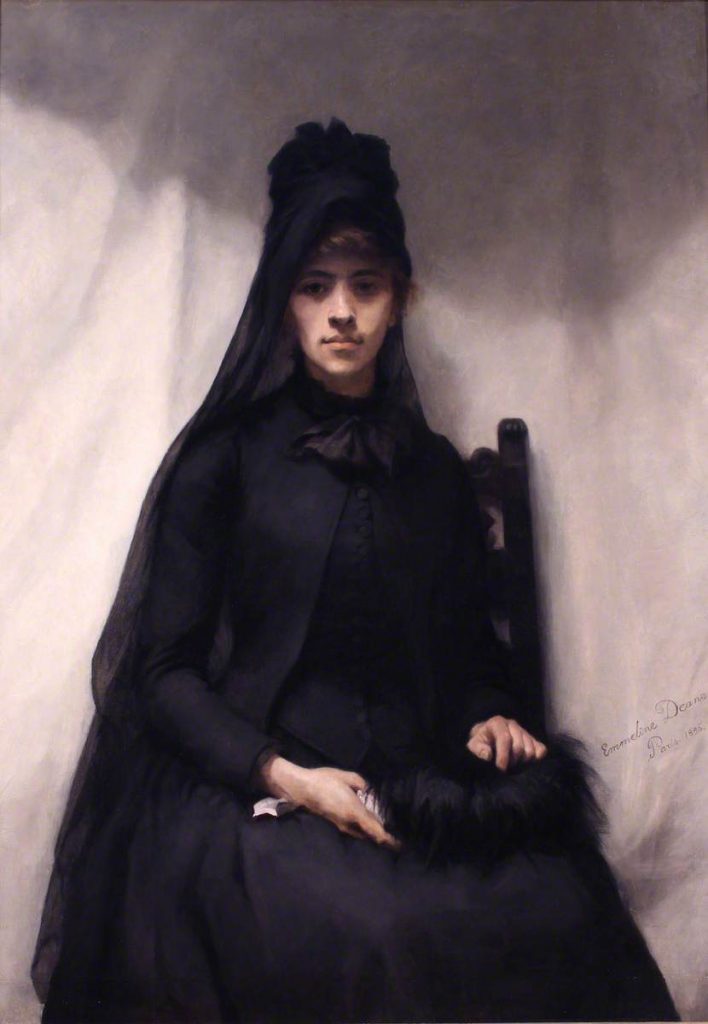
Emmeline Dean and Bilińska most likely met in Paris in 1884, both studying in the same art course for women. Dean showed Bilińska a typical mourning dress because in 1884 her father died, leaving her without funds. In the same year, Bilińska’s friend with whom she had traveled around Europe died too. Yet, she secured a small allowance for Bilińska in her testament, so that she could continue living in Paris. Sadly, the mourning period did not end there. A year later, her fiancé Wojciech Grabowski also died. In deep despair, she traveled to Normandy in 1885 and 1886, sketching and painting landscapes.
Promising Career
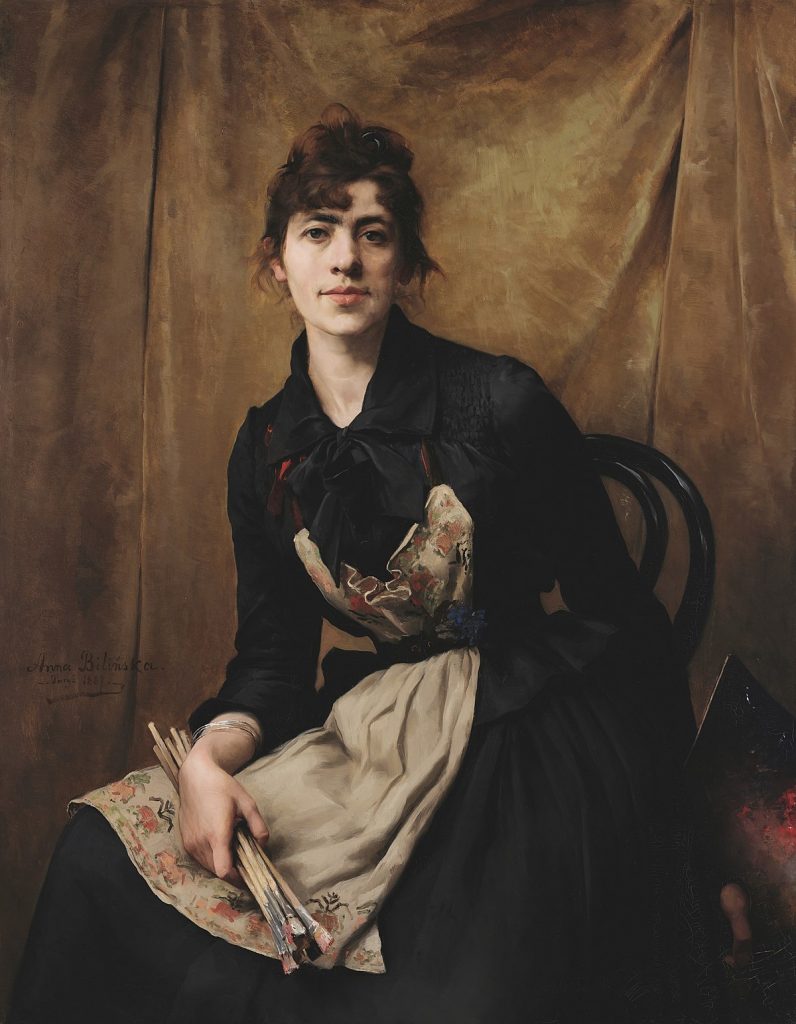
Bilińska showed her Self-Portrait at the Paris Salon and won. This was a great success since at the time women rarely received any recognition at important exhibitions. The jury was impressed by the skill and the depth of emotion she presented here. The black dress suggests that Bilińska still mourned the loss of her loved ones. The victory at this prestigious competition opened up doors to an international career and Bilińska’s works started touring Europe, even reaching the US.
It also drew the attention of the Parisian creme-de-la-creme to her and gained her new clientele. In the period that followed, Bilińska had many commissions for portraits of higher social class representatives. At the same time, she painted small-sized pastels of children from the Lyon area, as well as portraits of Polish immigrants to Paris, which she would later gift to the sitters or their families. Moreover, she worked as a guardian at the Académie Julian, ensuring the proper functioning of the women’s workshop and taking care of young students.
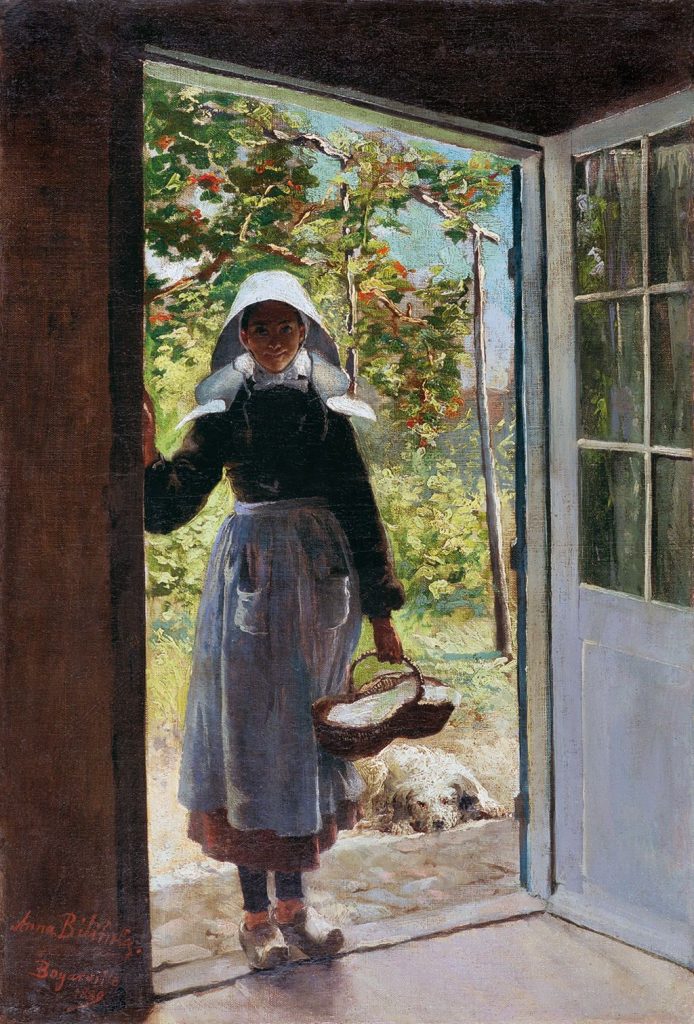
The dog featured in this painting also appears in another one, the Beach in Boyardville (1889), where the artist went for a holiday.
An Abrupt End
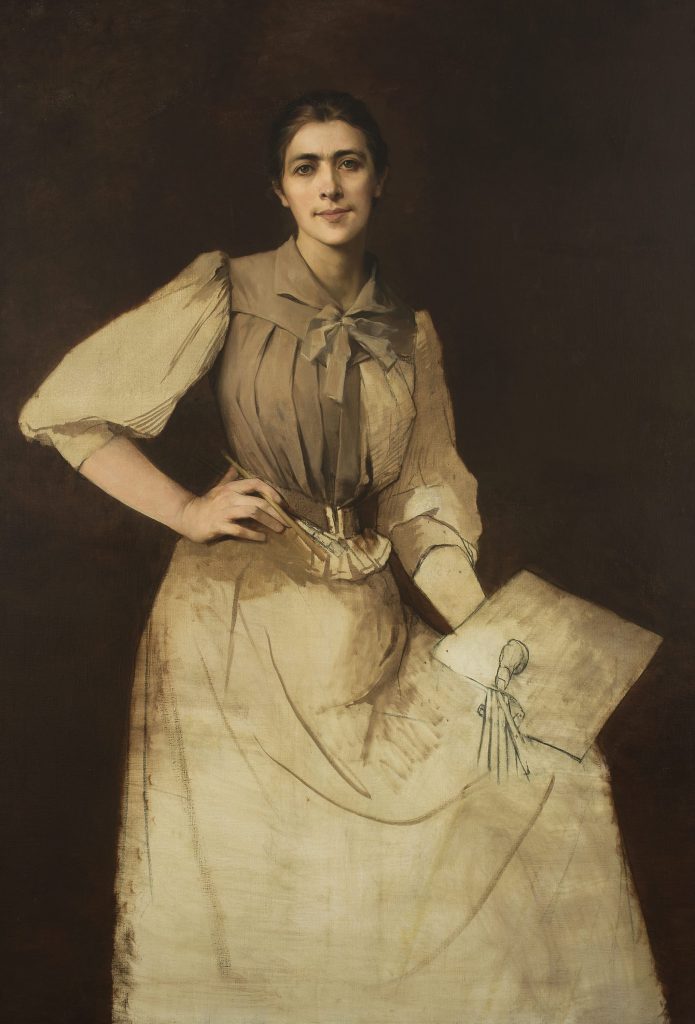
In 1892 Anna Bilińska married a Polish doctor Antoni Bohdanowicz and returned to Poland with him. She had ambitious plans to set up an art school for women in Warsaw but she suddenly died of heart disease, just a few months after her wedding, leaving this astounding portrait unfinished. In 1928, her husband published a memoir about her at his own expense containing press clippings, Bilińska’s letters, and archival photographs.
Missing Works
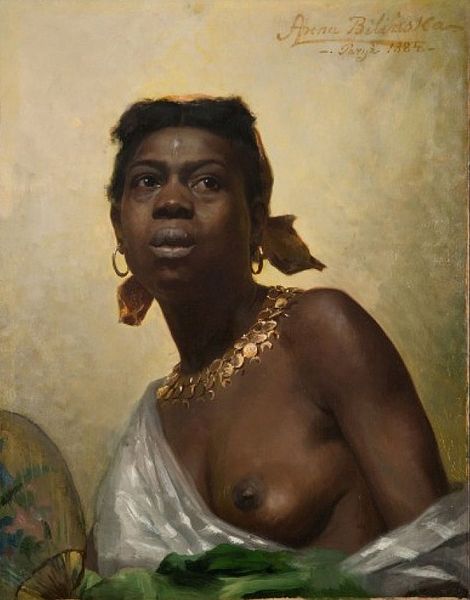
Even after her death, her works were not left in peace. During World War II, two of her paintings went missing, one of them being the portrait above. Since 1945, the Polish department of culture and heritage has searched for both works. It was not until 2012 that this painting resurfaced at an auction in Villa Grisebach in Berlin and was bought by the Polish government. The other one, a portrait of an Italian woman, is still missing so keep your eyes peeled!
Maybe you’ll be the one who finds it somewhere…


